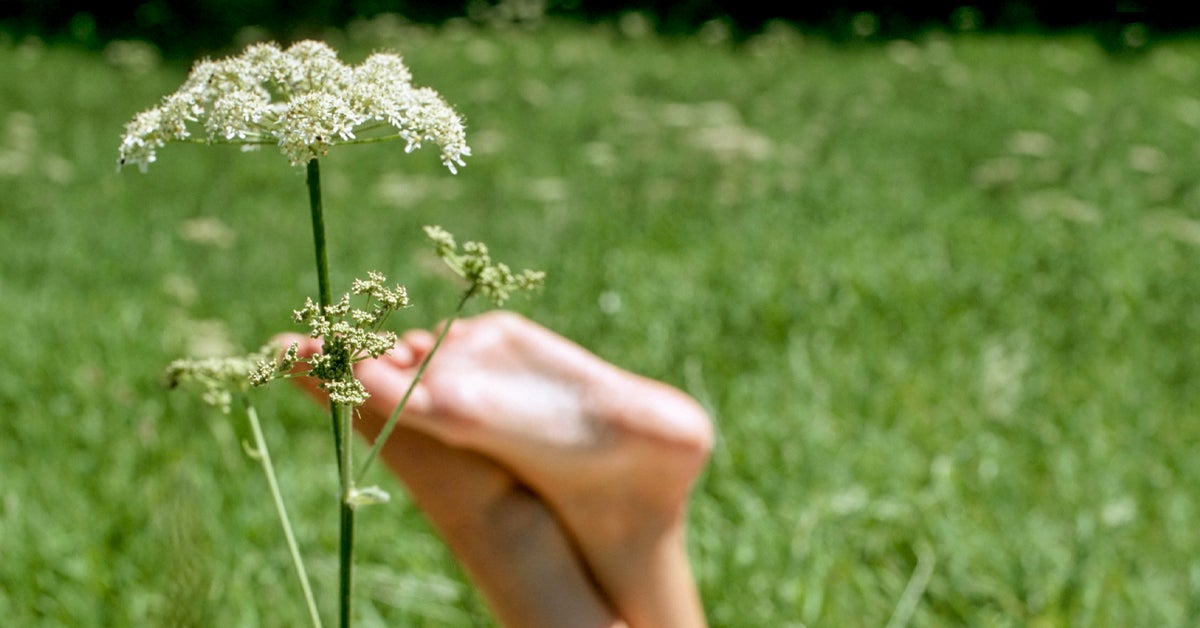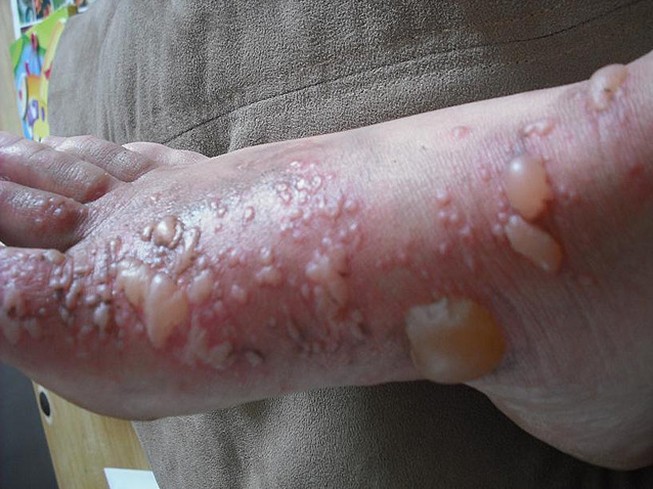

Parsnips are usually cooked but can also be eaten raw. It was used as a sweetener before the arrival of cane sugar in Europe. The parsnip is native to Eurasia it has been used as a vegetable since antiquity and was cultivated by the Romans, although some confusion exists between parsnips and carrots in the literature of the time. By this time, the stem has become woody, and the tap root inedible. If unharvested, it produces a flowering stem topped by an umbel of small yellow flowers in its second growing season, later producing pale brown, flat, winged seeds. In its first growing season, the plant has a rosette of pinnate, mid-green leaves.
#WILD PARSNIPS RASH TREATMENT SKIN#
Its long taproot has cream-colored skin and flesh, and, left in the ground to mature, it becomes sweeter in flavor after winter frosts. It is a biennial plant usually grown as an annual. When walking in the woods or off paths, be sure to cover up to prevent exposure to poisonous plants.The parsnip ( Pastinaca sativa) is a root vegetable closely related to carrot and parsley, all belonging to the flowering plant family Apiaceae. Witch hazel, found in all pharmacies and health food stores, will also alleviate itchiness and burning. You can buy this at the health food store or, if you have an aloe vera plant, simply break a leaf and squeeze out the sap. Follow this up with an application of aloe vera gel. With a clean cloth, apply apple cider vinegar to the poison ivy rash. You can add some baking soda to the mix for even better results. While you want the oatmeal to be hot, test it to ensure that it won’t burn. Make a paste with baking soda and water and smear on the affected area.Ĭook up a little oatmeal to a thick, sticky paste and apply to the rash.

Wash affected areas with soap and water as soon as possible to prevent spreading.Ī baking soda paste will help to alleviate the itch associated with exposure to poison ivy. The oil can get on clothing, pet fur and other gear, so be sure to wash everything with soap and water. As it is an oil, it sticks to the skin and can then be spread all over the body as you move.

The ivy contains an oil called urushiol that causes the damage. For those who are susceptible to it, it can cause anything from mild irritation to burning, itchy rashes that can blister and ooze. Disinfect open sores regularly and keep the area clean.Īn oldie, but a goodie, poison ivy affects people and pets alike. Treat the wound like a burn try to keep blisters intact and clean affected areas regularly with soap and cold water. Seek medical attention immediately if you get it in your eyes. If you come into contact with a wild parsnip, use cold water to alleviate burning. Wild parsnip is always dangerous, but during flowering season even more so.īlistering will occur within 24-48 hours of exposure and can be so serious as to result in permanent scarring. Sap on the skin, when exposed to the sun, can cause very serious blistering and burns while sap that gets into your eyes can cause blindness. While its roots are edible, it’s not advisable to harvest them since the sap in the stem can have serious side effects. Experiencing an insurgence of late, wild parsnip has actually been in Canada and the US for more than 400 years and is part of the carrot family.


 0 kommentar(er)
0 kommentar(er)
